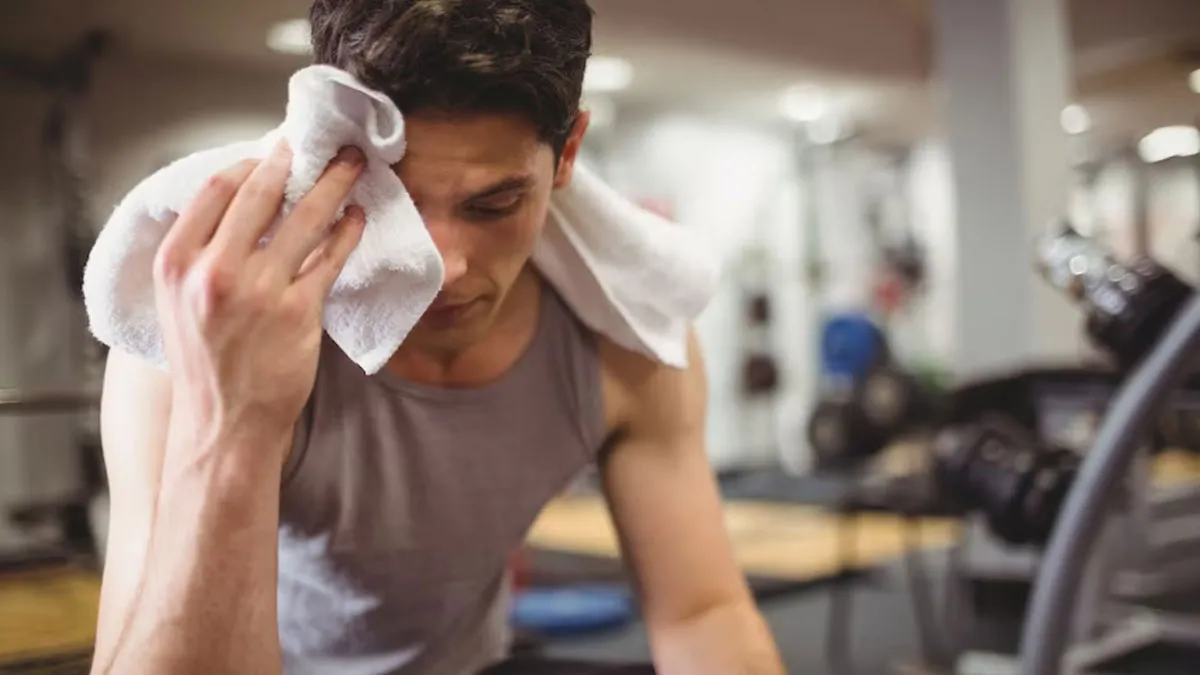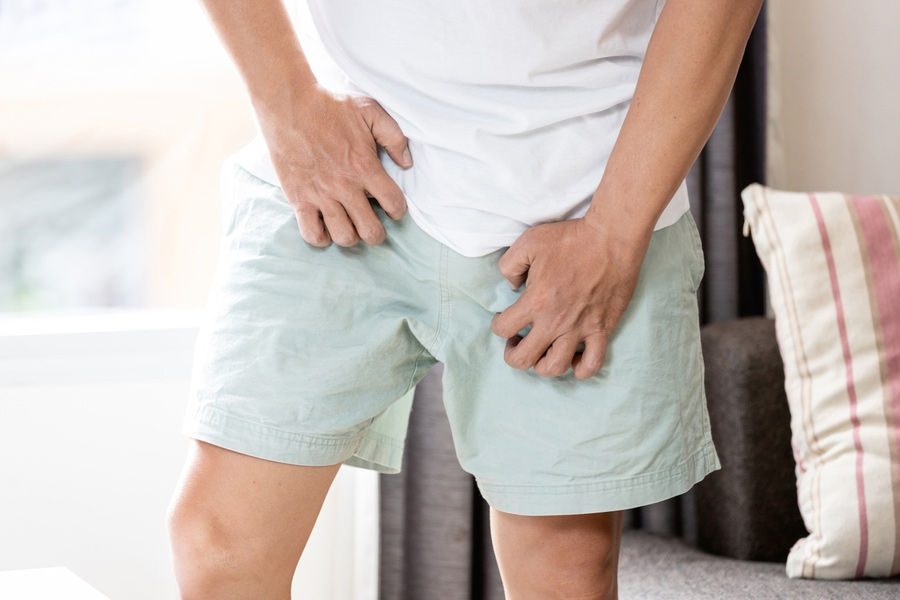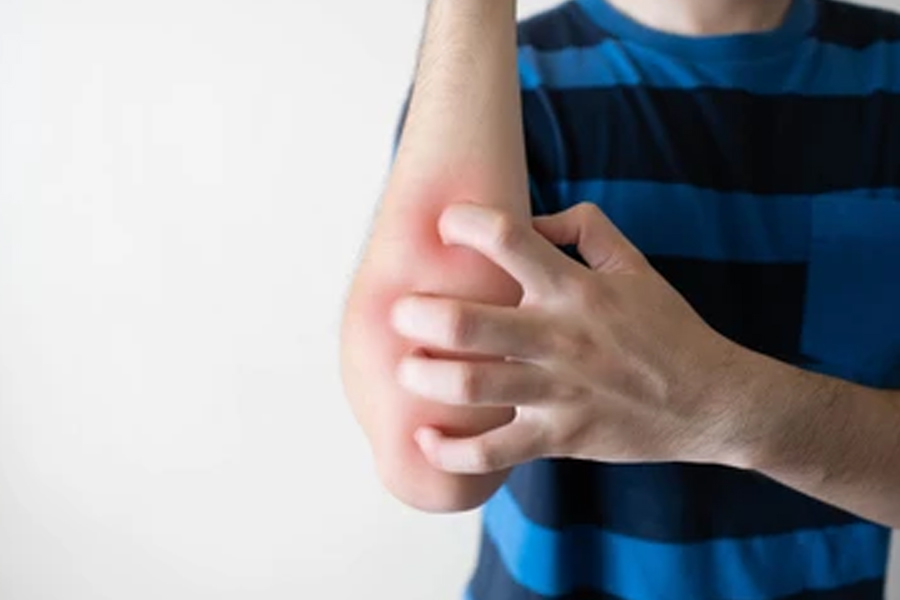
The gym is a great place to exercise, providing all the necessary equipment to burn calories and build strength. However, it can also be a hotspot for germs and viruses that can lead to various infections. One such common infection that is common among gym-goers is ringworm.
Table of Content:-
Ringworm is a contagious fungal infection that causes itchy, red rashes in the shape of a ring on the skin. Caused by mould-like parasites that live on the outer layer of skin cells, ringworm can affect the skin, hair, or nails. But how is it that gym environments make ringworm more prevalent? Let’s find out.
Also Read: Here’s How You Can Treat Ringworm Infection At Home
How Ringworm Infections Spread In Gym Environments

Speaking with the OnlyMyHealth team, Dr Shireen Furtado, Senior Consultant - Medical and Cosmetic Dermatology, Aster CMI Hospital, Bengaluru, says that ringworm can easily spread in gym environments through several common mechanisms.
"One primary mode of transmission is direct skin-to-skin contact, which often occurs during physical activities such as wrestling or contact sports where individuals may come into close proximity," he shares.
According to Dr Furtado, the types of gym equipment and surfaces that are most prone to harbouring fungal infections include those that are frequently used and come into direct contact with skin. Equipment such as weight benches, mats, and exercise machines often retain moisture and warmth, creating an ideal environment for fungi to thrive.
Additionally, surfaces that are not regularly cleaned or sanitised, such as locker room floors, shower areas, and shared equipment, can also contribute to the spread of fungal spores.
It is also important to note that communal areas like showers, locker rooms, and swimming pools are an ideal environment for the fungus to thrive, as they are typically warm and moist, allowing the spores to survive and infect individuals who come into contact with contaminated surfaces.
Therefore, it is crucial for gym-goers to maintain personal hygiene and for facilities to implement rigorous cleaning protocols to mitigate the risk of ringworm transmission.
According to StatPearls Publishing, ringworm, also called tinea corporis, is more likely to occur due to factors such as excessive heat, high relative humidity, and fitted clothing. Children and patients with compromised immune systems are more at risk of the condition.
How To Identify Ringworms

Identifying and treating ringworm infections at an early stage is crucial for effective management and prevention of further spread, advises Dr Furtado.
To recognise the initial signs of a ringworm infection, one should look for circular, red patches on the skin that may be accompanied by itching or flaking. A common characteristic of these lesions is a clearer centre, giving them a distinctive ring-like appearance.
“It is important to consult a dermatologist for a definitive diagnosis, as they may perform a physical examination and, if necessary, a skin scraping to confirm the presence of the fungus. Early treatment typically involves the application of topical antifungal medications, which can effectively eliminate the infection when used as directed,” the doctor shares, adding that in more severe cases, oral antifungal medications may be prescribed.
Personal Hygiene Is Key
When it comes to infections like ringworm, personal hygiene plays a crucial role. By maintaining cleanliness through regular bathing and the use of antifungal soaps, individuals can significantly reduce the likelihood of fungal spores residing on the skin, highlights Dr Furtado, adding that it is essential to keep the skin dry and well-ventilated, as moisture can create an ideal breeding ground for these pathogens.
Moreover, wearing clean, breathable clothing and avoiding the sharing of personal items such as towels, combs, and clothing can further minimise the risk of transmission. Practising good foot hygiene, particularly in areas like gyms and swimming pools, is important, as these locations are often hotspots for fungal infections.
Clothing And Gear Recommendations To Prevent Ringworm During Gym Workout

Choose moisture-wicking fabrics, as these materials effectively draw sweat away from the skin, thereby reducing the likelihood of fungal growth. Additionally, wearing loose-fitting attire can promote better air circulation, which further diminishes the chances of developing skin irritations. It is also crucial to utilise personal equipment, such as mats and towels, to minimise contact with shared surfaces that may harbour the fungus.
Most importantly, regularly wash workout clothes and gear in hot water, as it can eliminate any potential spores, contributing to a safer exercise environment.
[Disclaimer: This article contains information for informational purposes only, hence, we advise you to consult your own professional if you are dealing with any health issues to avoid complications.]
Also watch this video
How we keep this article up to date:
We work with experts and keep a close eye on the latest in health and wellness. Whenever there is a new research or helpful information, we update our articles with accurate and useful advice.
Current Version
